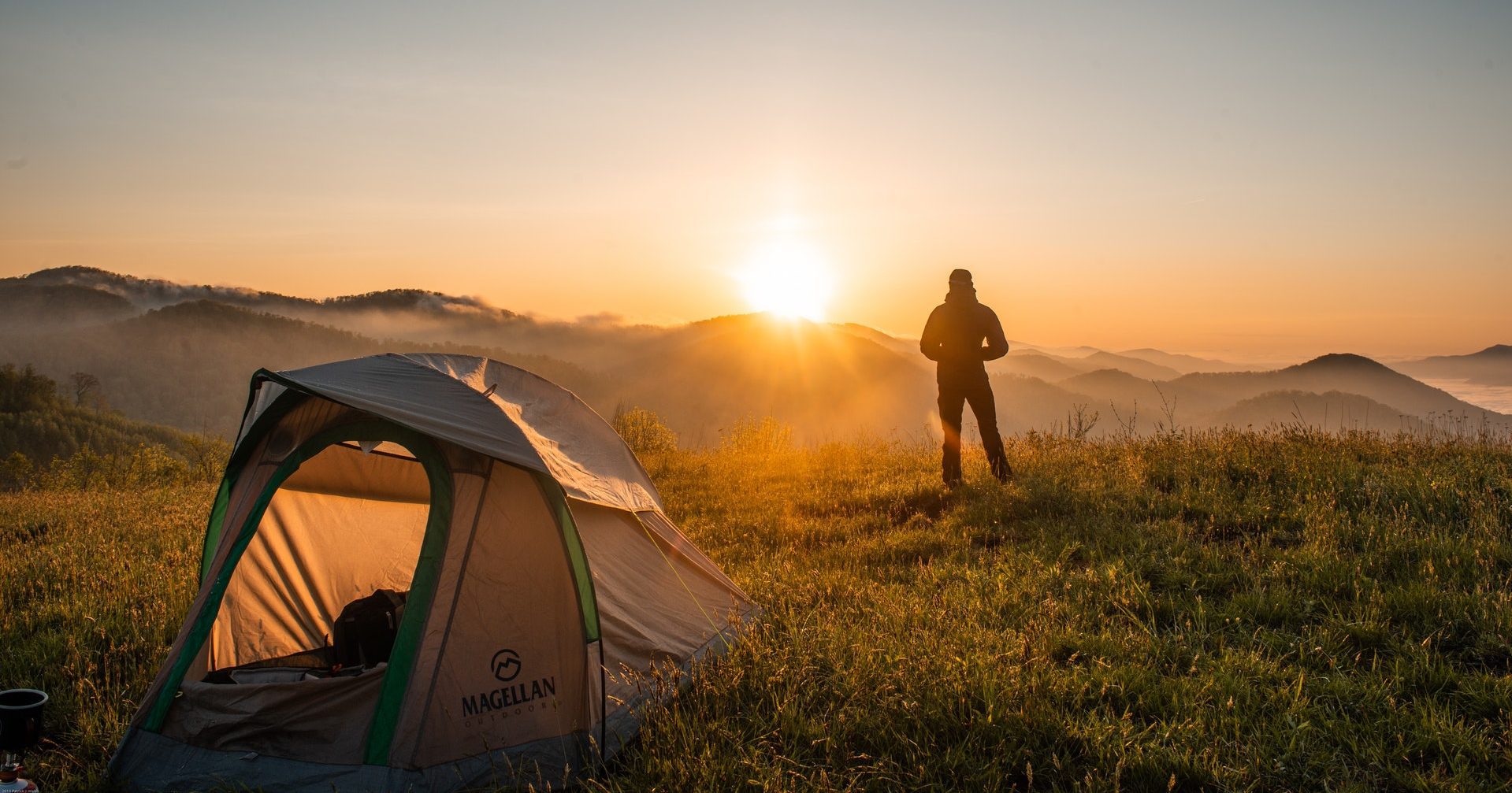When most people think about places with the strongest sunlight, they picture tropical beaches or warm destinations. It may be surprising to learn that UV exposure actually increases as you move higher above sea level. In many cases, mountain environments expose your skin to more UV radiation than the beach does.
This happens because the atmosphere becomes thinner at higher elevations. With less atmosphere and ozone to absorb UV radiation, more of it reaches your skin. Because of this increase, it is important to take extra sun protection measures when you live, work, or travel at higher altitudes.
High Altitude Sun Protection Tips

Use protective clothing and accessories
UV protective clothing, a wide brim hat, and UV protective sunglasses help reduce the amount of direct sun reaching the skin.
Seek shade whenever possible
Even short breaks out of the sun can help reduce cumulative exposure, especially during peak midday hours.
Protect your lips
Use an SPF lip balm and reapply regularly, as the skin on the lips is thin and more sensitive to UV radiation.
Carry a sunscreen stick
Sunscreen sticks are easy to apply on the face, ears, and nose, especially when you are wearing gloves or outdoor gear.
Be mindful indoors and in vehicles
UV radiation can pass through many types of window glass. Wearing sun protective clothing or applying sunscreen can help if you spend long periods near windows.
Use sunscreen consistently
Any exposed skin should be covered with a broad spectrum sunscreen. For support with choosing products and understanding formulation types, you can visit our article What is Organic Sunscreen.
Sunscreen Application Tips
- Choose a broad spectrum sunscreen with SPF 30 or higher.
- Apply 15 minutes before going outdoors so the formula has time to settle on the skin.
- Reapply every two hours, and more often if sweating or swimming.
- Mineral sunscreens with zinc oxide or titanium dioxide provide physical UV protection and are a dependable option for many people.
Do You Need Higher SPF at High Altitudes?
Because UV levels rise with elevation, many people find that higher SPF products offer more consistent coverage in mountain environments. Studies have shown higher SPF formulas reduce the likelihood of sunburn compared to lower SPF options when used correctly.
Choosing a sunscreen with a higher SPF rating can be helpful, but the most important factors remain applying enough product, covering exposed areas, and reapplying as needed.
Staying Aware of Skin Changes
If you spend significant time at higher elevations, being aware of changes in your skin is a good habit. Performing regular self checks can help you track new or changing marks. If you notice something unusual or have questions about sun protection, you are welcome to contact the Kelowna Skin Cancer Clinic for guidance.




